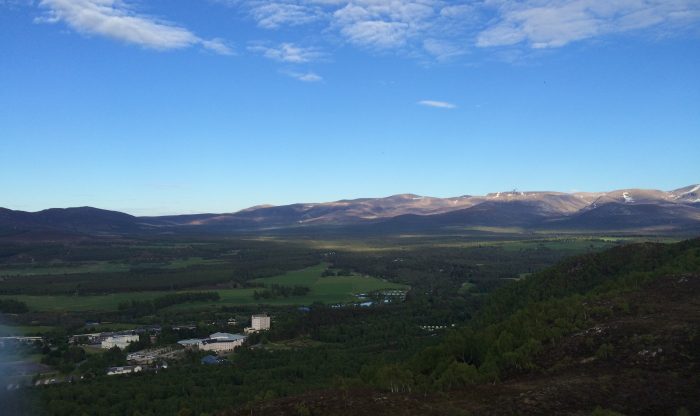Park Talk: Access and Planning
26th March 2019

By Xander McDade, CNPA Convener
There can be some confusion about what exactly the National Park Authority does – and does not do. Although the National Park has many strands to its work, the CNPA does have two statutory (legal) functions – planning and outdoor access – and often the two are intertwined.
As the planning authority, the CNPA has the power to ‘call-in’ and deal with applications that could have a significant impact on the National Park. So if it’s a new front porch you’re wanting to build the local council will deal with that. However, if it’s a housing development, we will want to process that application to ensure that there are no negative impacts on landscape, nature and habitats and that such a development will deliver positive outcomes, for example affordable housing and good pedestrian links.
Take the new hospital planned for Aviemore – it was dealt with at our last planning committee meeting. This was a major application in the middle of Aviemore on a complex site with issues around design, access loss of trees and so on. This was an obvious ‘call-in’ for the CNPA with planning officers doing an excellent job assessing the application on its merits and against policy. I have to say, I am very impressed with the whole project – for such a big development not to receive a single objection is very impressive and this is credit to NHS Highland and all the partners involved who put in a great deal of effort into producing an excellent proposal.
As the Access Authority for the Park we are here to raise awareness and promote responsible outdoor access, such as keeping your dogs on leads at lambing time or around ground nesting birds and to guard against starting wildfires in dry conditions. We are also here to uphold access rights and deal with outdoor access obstructions enabling everyone to enjoy the outdoors responsibly. Supporting the development and management of good path networks in and around and between communities is also an important part of our role.
Which takes me back to the hospital application – pedestrian and cycle access to and from the facility is of key importance and did cause some discussion at the planning meeting. So much of what is wrong with the health and well-being of our nation comes down to sedentary lifestyles. We drive the kids to school, we drive to the shop, we drive to the doctors. Sadly where there aren’t good pedestrian and cycle links, then taking the car is sometimes the only or the safest option which is something we are trying to address through path projects, high quality planning developments and ensuring that large scale developments such as the A9 dualling take into account active travel, foot and bike, between communities.
In Aviemore, we are working with partners to make sure that walking or cycling is the easiest (and safe) option. Active Aviemore is a project that aims to make it as easy as possible for people to move about the town without the need for motorised transport, and ultimately contributing to an improvement in health and wellbeing. Much of what we will learn in Aviemore will be rolled out in all the other communities in the Park.
Working with partners such as the local council and NHS, the CNPA through our two statutory functions, can help to build healthier communities within the Park. Through improved vehicular and non-vehicular infrastructure an active community can emerge that not only promotes physical activity as part of normal daily life, but actively encourages everyone to enjoy the outdoors.
There is so much more that the CNPA is involved in across many sectors – but I will leave those for a future article!